The following is a directory of the most important and well-known genera and species of bamboo, with links to every in-depth Bambu Batu article that focuses on a specific variety of bamboo. If you enjoy researching the many species of bamboo, we recommend bookmarking this page as a valuable reference resource.
This article is organized alphabetically by scientific name, using binomial nomenclature, i.e. Genus species, and common or vernacular names may be listed behind the scientific name. Descriptions on this page will be very brief, but each species and almost every genus will link to a lengthy article with thorough details and high-quality photos.
Because there are over 1,500 species and cultivars of bamboo, I couldn’t possibly have an article on each one. So this only covers the most popular and frequently discussed varieties for farms and gardens. With many species, I have yet to write a detailed article, but you will find short descriptions of many more species by reading through the articles for each genus.
Think of this entry as the Table of Contents for a vast library of longer articles.
I continue to add new articles and new photos to the website all the time. If there’s a bamboo species you’d like to know more about that hasn’t been covered, please let me know in the comments below, and I’ll get working on it!
This article was originally published in August 2024, most recently updated in April 2025.
Genus Arundinaria
The genus Arundinaria once included a wide range of species, but the latest taxonomy systems only consider 4 or 5 species of running bamboo native to the Southeastern United States.
Genus Aulonemia
This unusual but important genus of neotropical bamboo contains at least 43 described species. The geographical distribution of Aulonemia covers patchy and disjointed areas in Mexico, Central America, northern and central Andes, the Guiana Shield, and central and southern Brazil.
Aulonemia insolita was recently identified in March 2025 and has many unusual features, including irregular internodes and erect culm leaf blades.
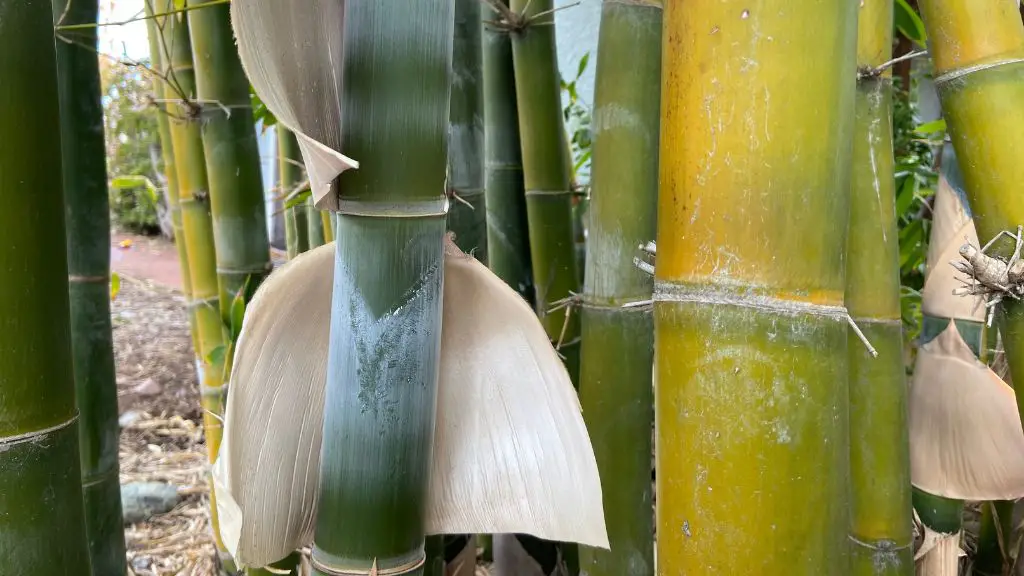
Genus Bambusa
The most diverse and widespread of tropical and subtropical clumping bamboo, the genus Bambusa includes a stunning variety of ornamental and industrial species.
Bambusa balcooa is an important species of timber bamboo that produces voluminous biomass.
Bambusa bambos is a type of giant thorny bamboo.
Bambusa beecheyana is a large, tropical bamboo commonly cultivated for its edible shoots.
Bambusa blumeana is another giant thorny bamboo variety.
Bambusa chungii is a subtropical ornamental with blue culms and very long internodes.
Bambusa lako is a tropical variety of black bamboo, also called Timor Black, very closely related to Gigantochloa atroviolacea.
Bambusa malingensis is an ornamental species known as Seabreeze Bamboo.
Bambusa multiplex is an ornamental species with several popular cultivars, including Fern Leaf and Alphonse Karr.
Bambusa oldhamii is a very popular species of subtropical timber bamboo, suitable for commercial and ornamental purposes.
Bambusa textilis is a popular subtropical bamboo for hedges and privacy screens, sometimes called Weaver’s Bamboo. The subspecies ‘Gracilis’ is also called Graceful Bamboo.
Bambusa vulgaris is an extremely widespread species found all throughout the tropics.
Bambusa vulgaris ‘Vitatta” is easy to recognize with its buttery yellow culms and attractive green stripes.
Genus Bashania
This is an exotic genus of compact, running bamboo, native to Southern China and Vietnam, closely related to the genus Yushania. It only includes a handful of species. Members of this genus have relatively slender culms and dense foliage.

Genus Borinda
This genus includes a small handful of mountainous, clumping bamboo from the Himalayan foothills. Some systems place these species in the genus Fargesia.
Borinda fungosa is commonly referred to as Chocolate Bamboo.
Genus Chimonobambusa
A somewhat rare genus of moderately running bamboo, Chimonbambusa includes some interesting ornamental species. These varieties tend to prefer cooler and well-irrigated conditions.
Chimonobambusa tumidissinoda is better known as Walking Stick Bamboo.
Chimonobambusa quadrangularis has square culms and is commonly called Square Bamboo.
Genus Chusquea
Native to Latin America, the neotropical genus Chusquea is extremely diverse and its clumping species are notable for their solid culms. Native to the higher elevations of South America, these bamboo species can be relatively cold-tolerant, but they also grow well in the hot sun. Please refer to the genus page for short descriptions of the most popular species.
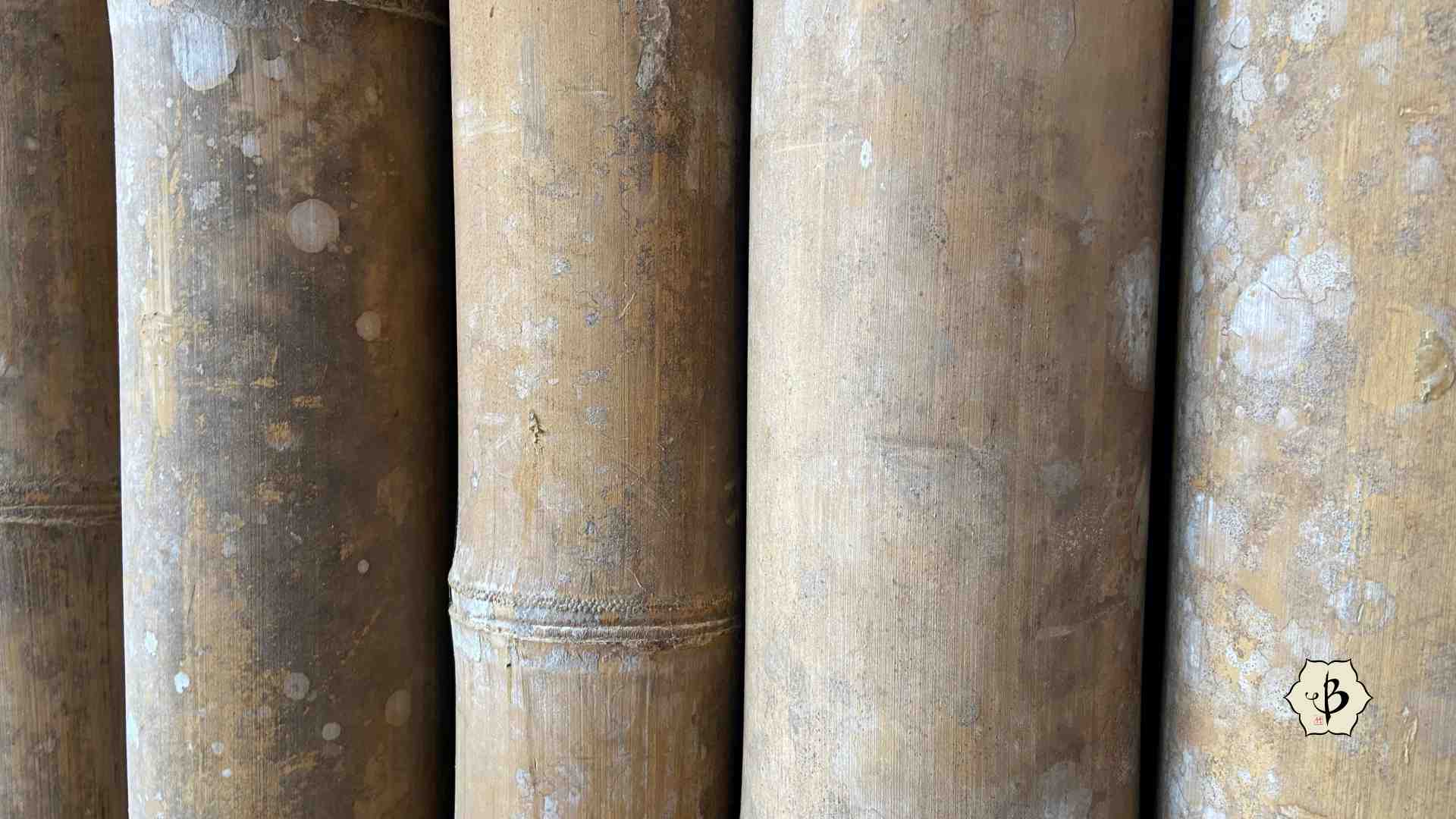
Genus Dendrocalamus
Native to Southern and Southeast Asia, the genus Dendrocalamus includes the largest species of bamboo, all tropical clumpers.
Dendrocalamus asper is one of the largest and most important species of commercial bamboo in the tropics, prized for its straight, sturdy culms, rarely forming branches on the lower halves.
Dendrocalamus giganteus is a species of giant bamboo, but not as useful or widely cultivated as Asper. Culms are straight and smooth, with no lower branches.
Dendrocalamus hamiltonii is a large, tropical bamboo native to India, Pakistan and parts of Southeast Asia. Culms are strong but not perfectly straight; branches form on upper and lower nodes.
Dendrocalamus sinicus is the largest known species of bamboo, native to Yunan, China, and northern Laos.
Dendrocalamus strictus is an important tropical bamboo species with nearly solid culms, and branches starting near the base.
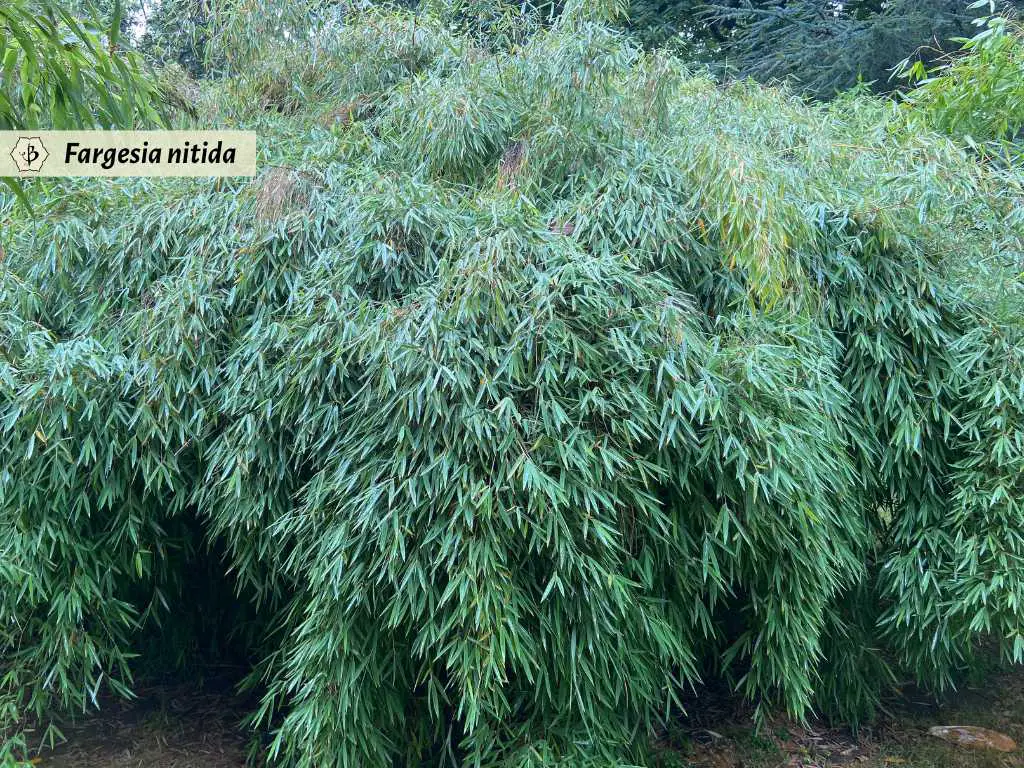
Genus Fargesia
Native to the mountains of central Asia, members of the genus Fargesia are noteworthy for being the most cold-hardy of all clumping bamboo varieties. In general, they prefer somewhat cooler climates and are good ornamental species for shady areas.
Gigantocalamus malpenesis
A rare but naturally occurring, intergeneric hybrid, Gigantocalamus malpenensis is found in peninsular Malaysia.
Genus Gigantochloa
Another group of large, tropical, clumping bamboo, genus Gigantochloa grows mostly in Southeast Asia and Indonesia. Please refer to the genus page for short descriptions of the most popular species.
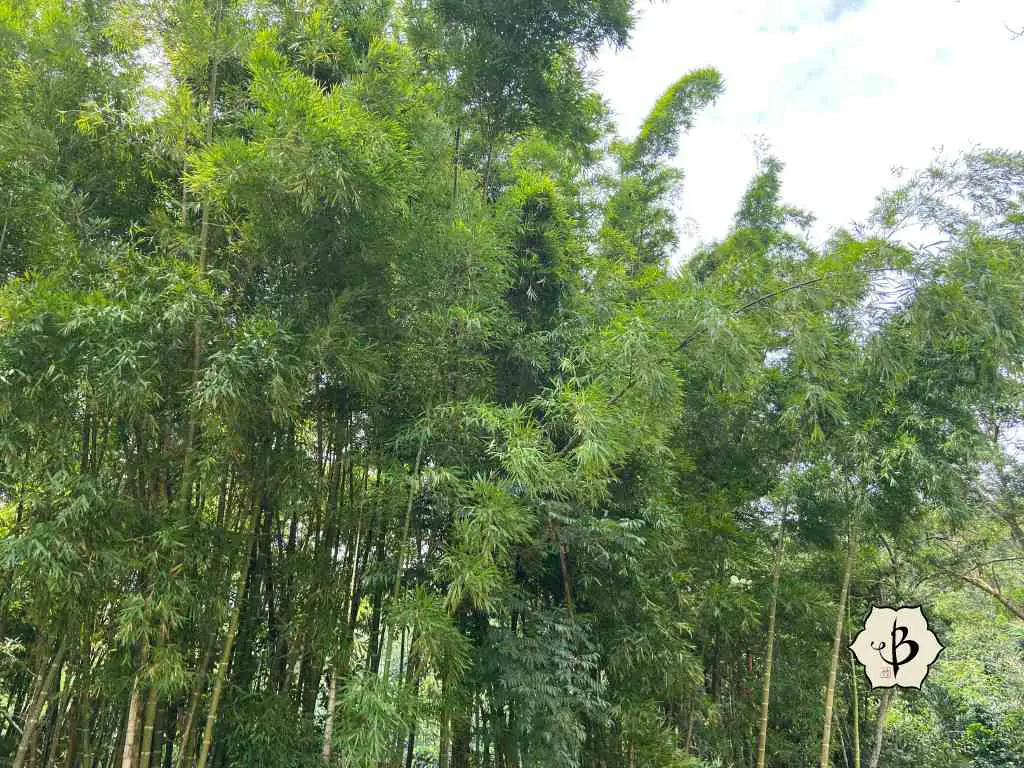
Genus Guadua
Another neotropical group of Latin American bamboo, the open-clumping varieties of the genus Guadua are important for building and construction.
Guadua angustifolia, also called Iron Bamboo, is the most important species in the New World, and most widely found in Colombia.
Hibanobambusa tranqullians ‘Shiroshima’
Often called Hiroshima Bamboo, this ornamental species has many favorable characteristics; it’s cold-hardy and shade-tolerant, has attractive stripes, and can grow indoors.
Genus Himalayacalamus
Another mountainous bamboo group, the clumping species of the genus Himalaycalamus have interesting colors and prefer cooler climates. Please refer to the genus page for short descriptions of the most popular species.
Genus Indocalamus
An Asian group of running bamboo, the genus Indocalamus includes some large-leafed ornamentals.
Indocalamus latifolius is a low-growing ornamental with solid culms.
Melocanna baccifera
Melocanna baccifera is an exotic bamboo species native to northeast India, Bangladesh, Myanmar and Nepal. It is highly effective for erosion control and notably produces a pear-shaped fruit after flowering, which has earned it the nickname Berry Bamboo.
Genus Otatea
This neo-tropical genus includes about 10 species of medium-sized, drought-tolerant clumping bamboo native to Mexico and Central America.
Otatea acuminate: Better known as Mexican Weeping Bamboo, this ornamental bamboo is popular in warmer climates and is recognizable for its thin, wispy leaves reminiscent of a weeping willow.
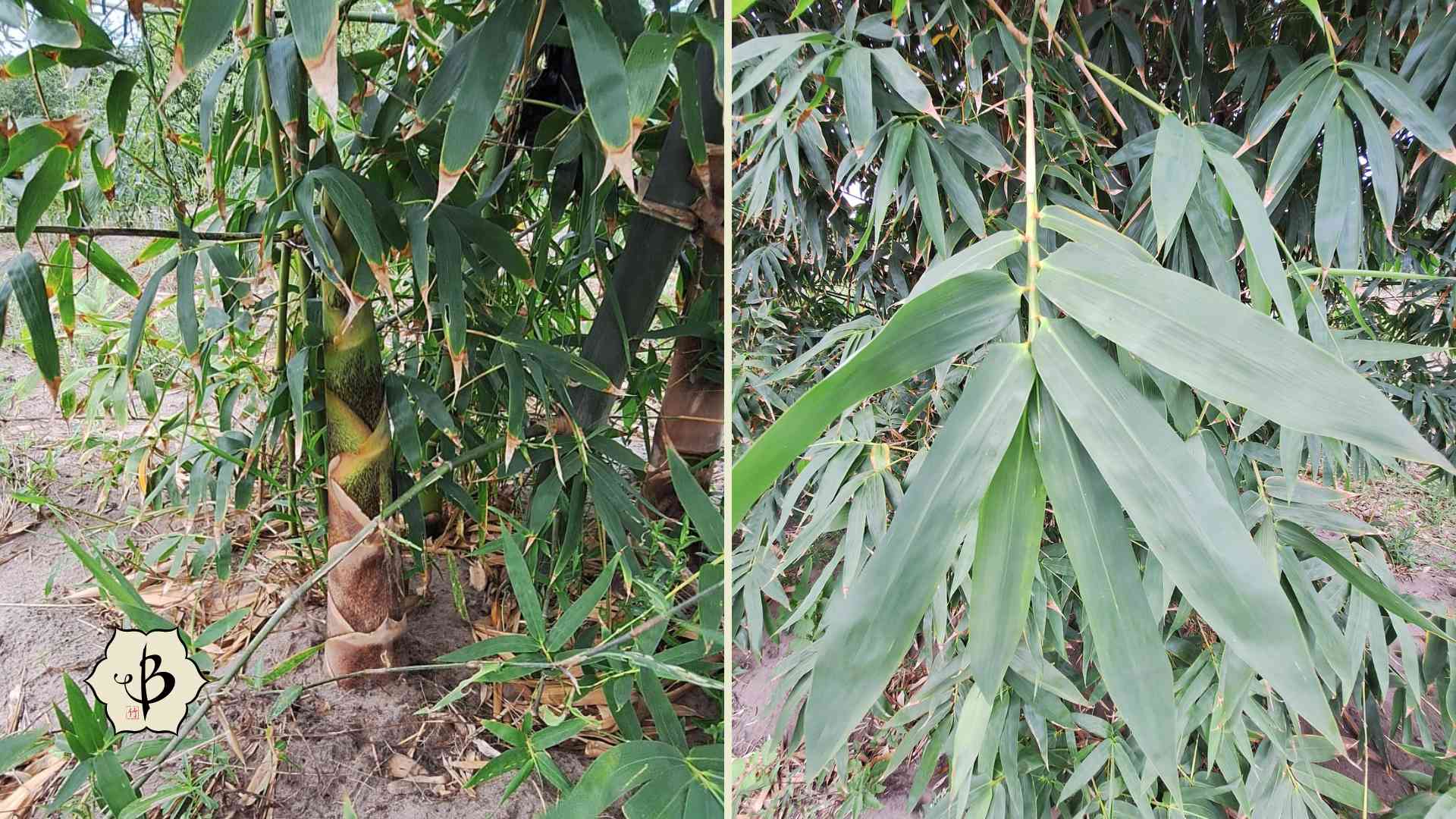
Oxytenanthera abyssinica
Native and widely distributed across sub-Sahara Africa, Oxytenathera abyssinica is an important species with solid culms.
Genus Phyllostachys
The most important and widely cultivated group of bamboo in Europe and North America, the genus Phyllostachys consists of dozens of cold-hardy, running species of all sizes. These bamboo varieties tend to prefer full sun, with varying levels of drought tolerance.
Phyllostachys aurea, or Golden Bamboo, sometimes called Fishpole Bamboo, is a very common, medium-sized ornamental species.
Phyllostachys aureosulcata is a popular and very attractive choice of medium-sized ornamental bamboo, often called Yellow Groove Bamboo, with a beautifully striped subspecies called ‘Spectabilis’.
Phyllostachys bambusoides, also called Japanese Timber Bamboo or Madake, is a popular variety of giant bamboo, comparable in size to Moso.
Phyllostachys dulcis is a medium-sized and moderately spreading bamboo prized for its sweet-tasting shoots.
Phyllostachys edulis, or Moso, is the most commercialized and one of the fastest-growing timber bamboo species in the world.
Phyllostachys edulis ‘Heterocycla’ is an unusual subspecies of Moso referred to as Tortoise Shell Bamboo.
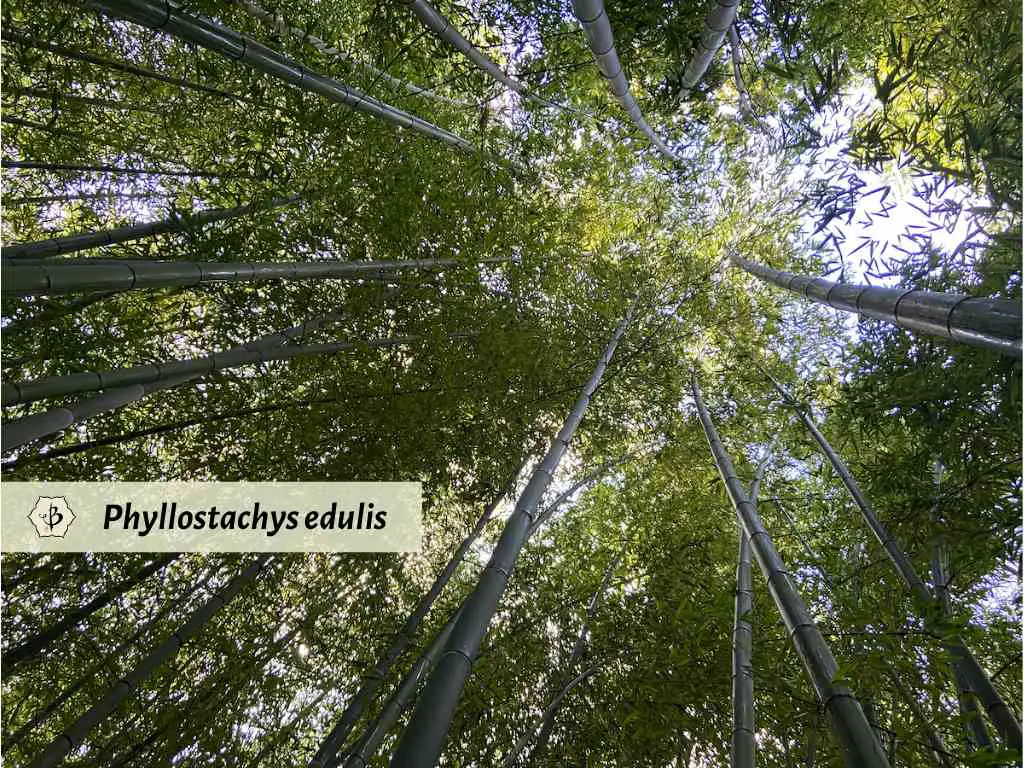
Phyllostachys heteroclada, or Water Bamboo, is a medium-sized variety that tolerates wet soil better than most.
Phyllostachys nigra, or Black Bamboo, is one of the most popular ornamental species.
Phyllostachys nigra ‘Henon’ is a formidable timber bamboo well-suited for building.
Phyllostachys rubromarginata, or Red Margin Bamboo, is a fast-growing variety with various uses.
Phyllostachys viridiglaucescens or Green Waxy Bamboo is popular in Europe for its large poles.
Phyllostachys viridis is an attractive medium-to-large bamboo, with a popular subspecies known as Robert Young
Phyllostachys vivax is a fast-growing timber bamboo, less suitable for building.
Genus Pleioblastus
A popular collection of ornamental dwarf bamboo, the genus Pleioblastus includes many low-growing, striped species. Please refer to the genus page for short descriptions of the most popular species.
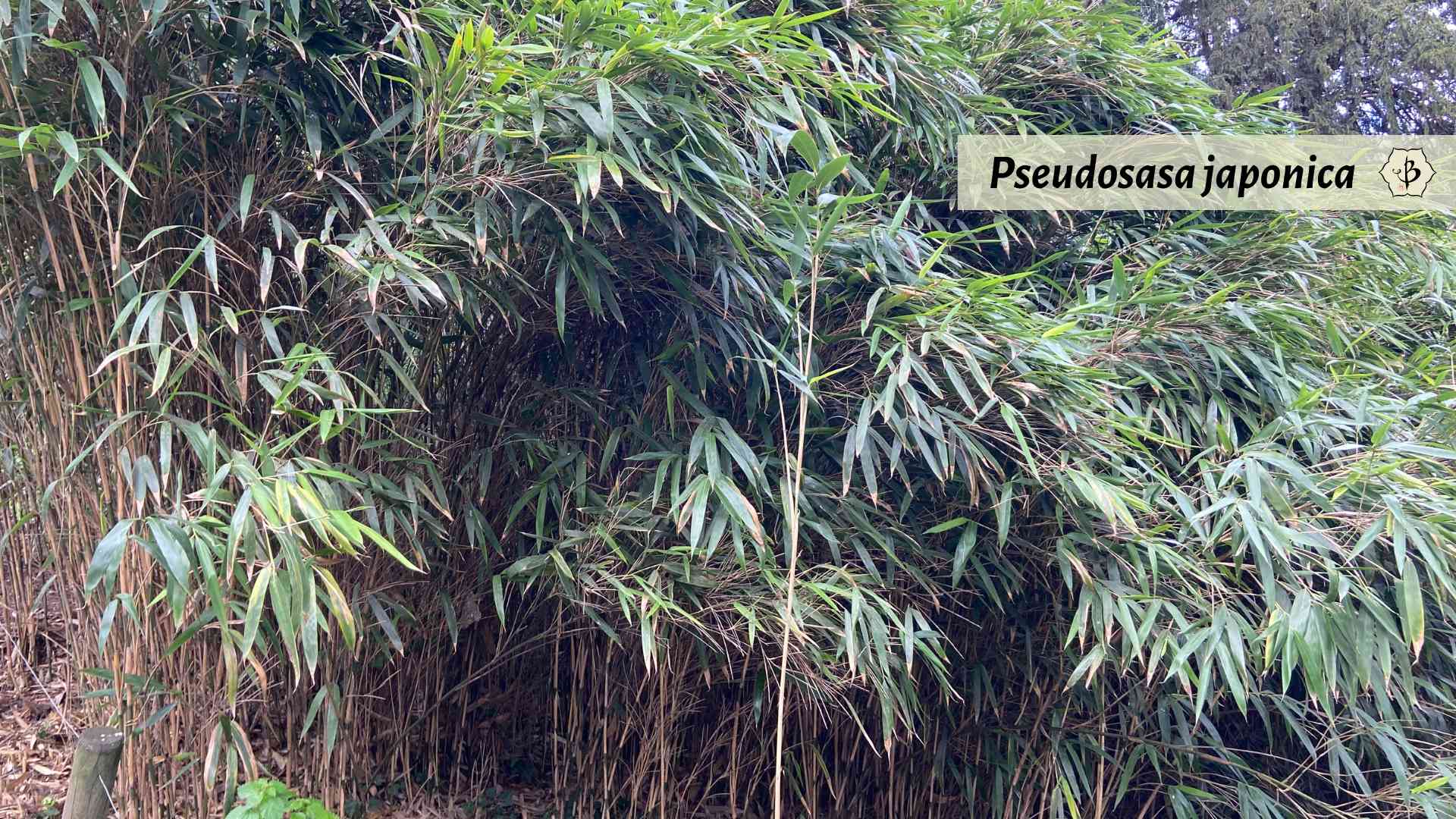
Genus Pseusosasa
This genus of East Asian running bamboo includes a few interesting ornamentals.
Pseudosasa amabilis is also called Tonkin Bamboo and is often grown for its sturdy poles.
Pseudosasa japonica is better known as Arrow Bamboo.
Genus Sasa
Native mainly to Japan, the genus Sasa includes about 10 species of dwarf bamboo with relatively large leaves.
Sasa kurilensis has the northernmost habitat of any bamboo species, covering a chain of islands in Japan and Russia.
Genus Sasaella
Another small group of Japanese dwarf bamboo, the genus Sasaella includes about 12 species.
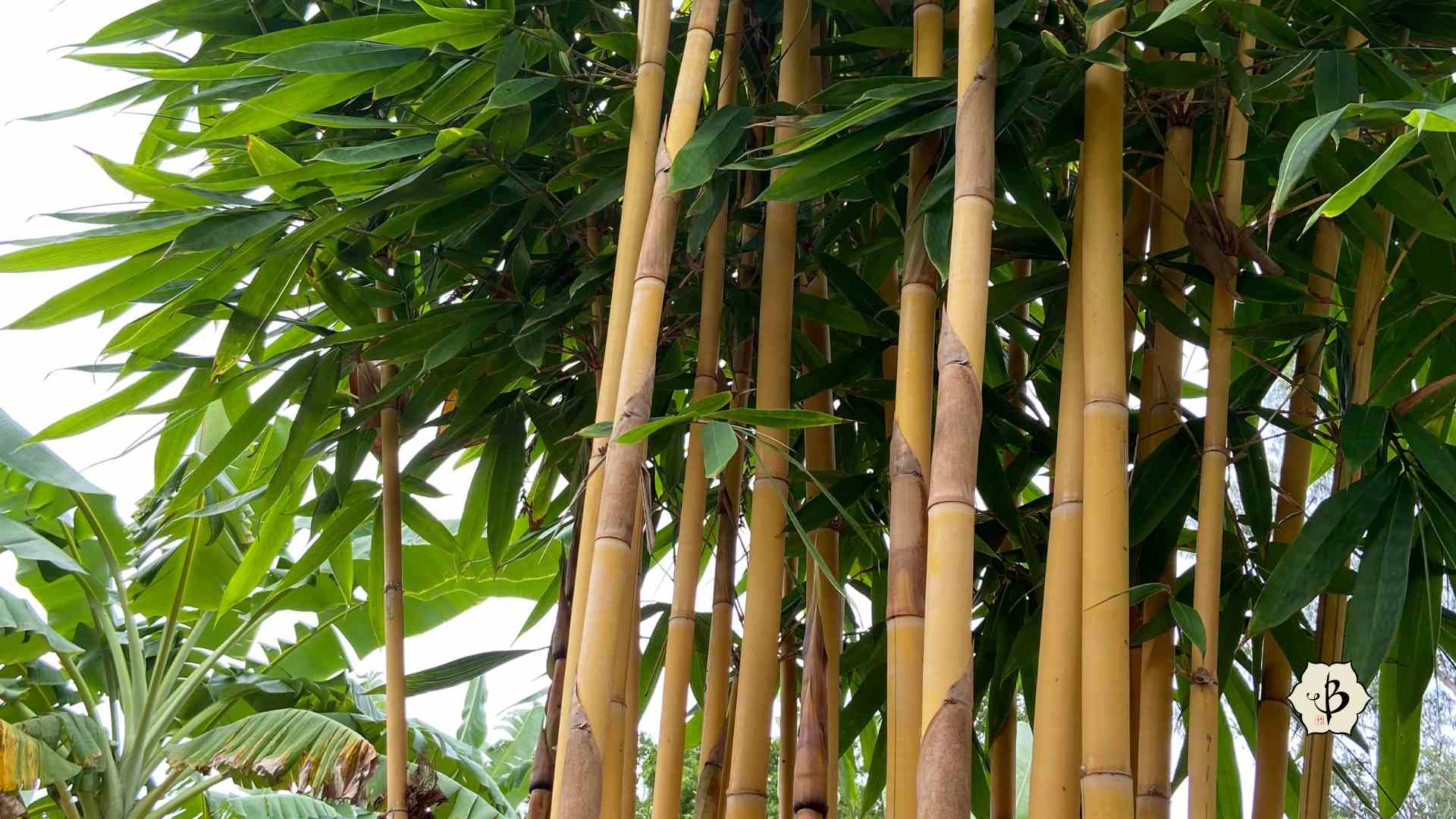
Schizostachyum brachycladum
Better known as Sacred Bali Bamboo, this beautiful ornamental species requires a tropical climate.
Genus Semiarundinaria
Native to the Far East, the genus Semiarundinaria includes a few ornamental varieties of running bamboo.
Semiarundinaria fastuosa, commonly known as Temple Bamboo, is the most popular member of this genus.
Shibataea kumasaca
Shibataea kumasaca is a less common ornamental variety of dwarf bamboo.
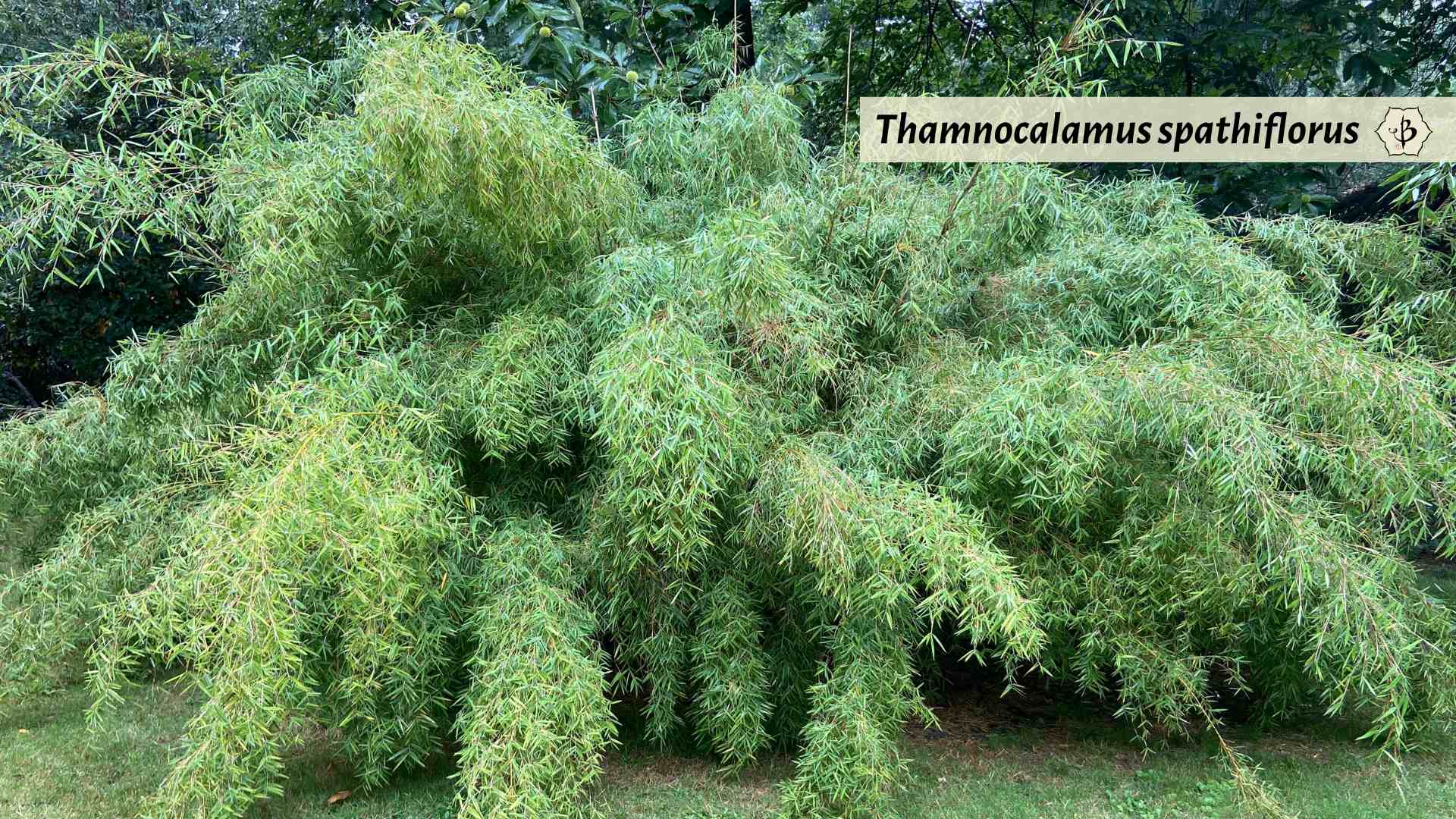
Thamnocalamus spathiflorus
This unusual bamboo is closely related to the genus Fargesia and the genus Borinda. In fact, not all authors recognize Thamnocalamus as a distinct genus. These are cold-hardy, clumping bamboo, primarily native to the foothills of the Himalayas, but also the highlands of Africa.
Thyrsocalamus liang
An intergeneric hybrid of Thyrsostachys and Dendrocalamus, ‘Phai Liang’ is one of the most important species in Thailand.
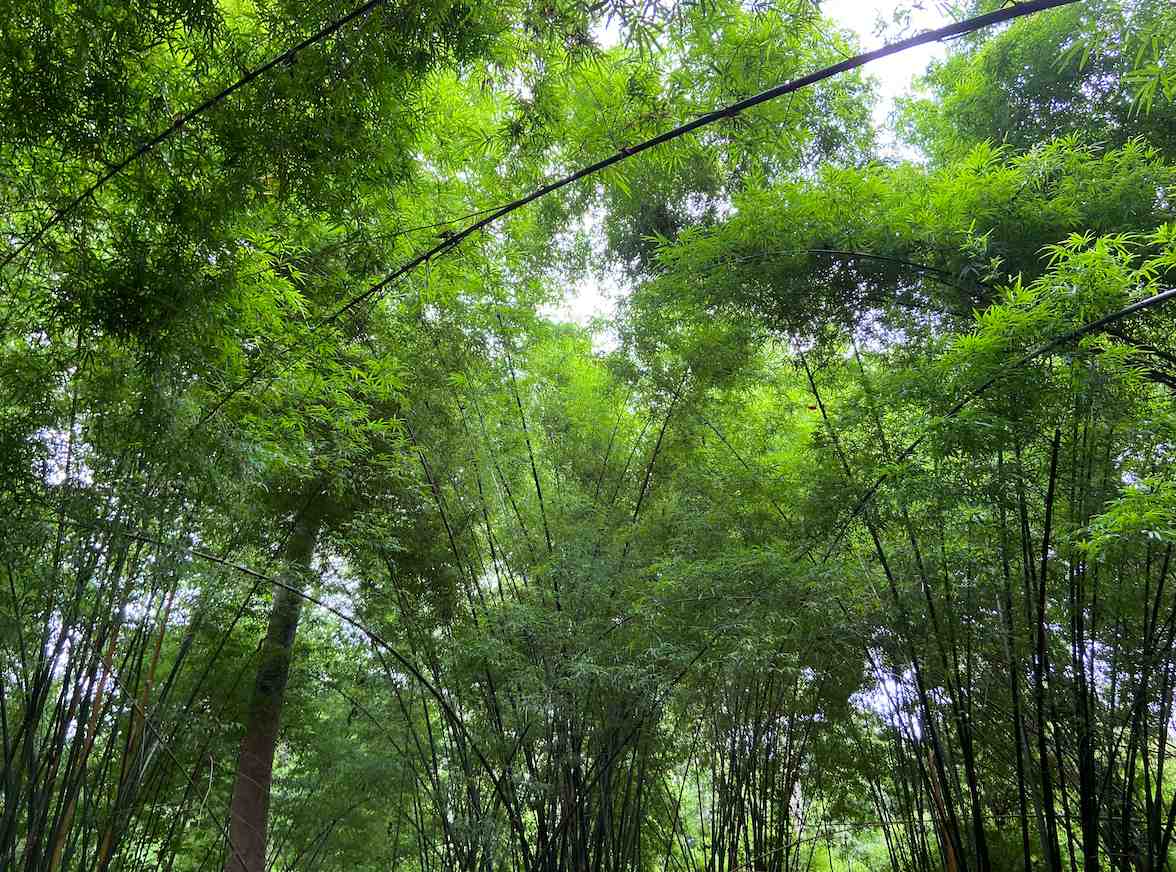
Genus Thyrsostachys
This is a small genus of tropical bamboo found mainly in Thailand and other parts of Southeast Asia.
Thyrsostachys siamensis, commonly known as Monastery Bamboo is widespread in Thailand and a popular ornamental in the tropics.
Thyrsostachys oliveri is widely used for building and light construction in Southeast Asia, and is very similar to T. siamensis.
Genus Yushania
The genus Yushania includes several dozen species of montane bamboo, primarily native to Southeast Asia and the Pacifica Islands, as well as Madagascar and sub-Saharan Africa. They have a more ambiguous rhizome structure, which might be described as open clumping.
Yushania alpina is widespread in Kenya and other parts of East and Central Africa, especially at higher elevations. It is commonly known as Highland Bamboo and sometimes listed as Oldeania alpina.
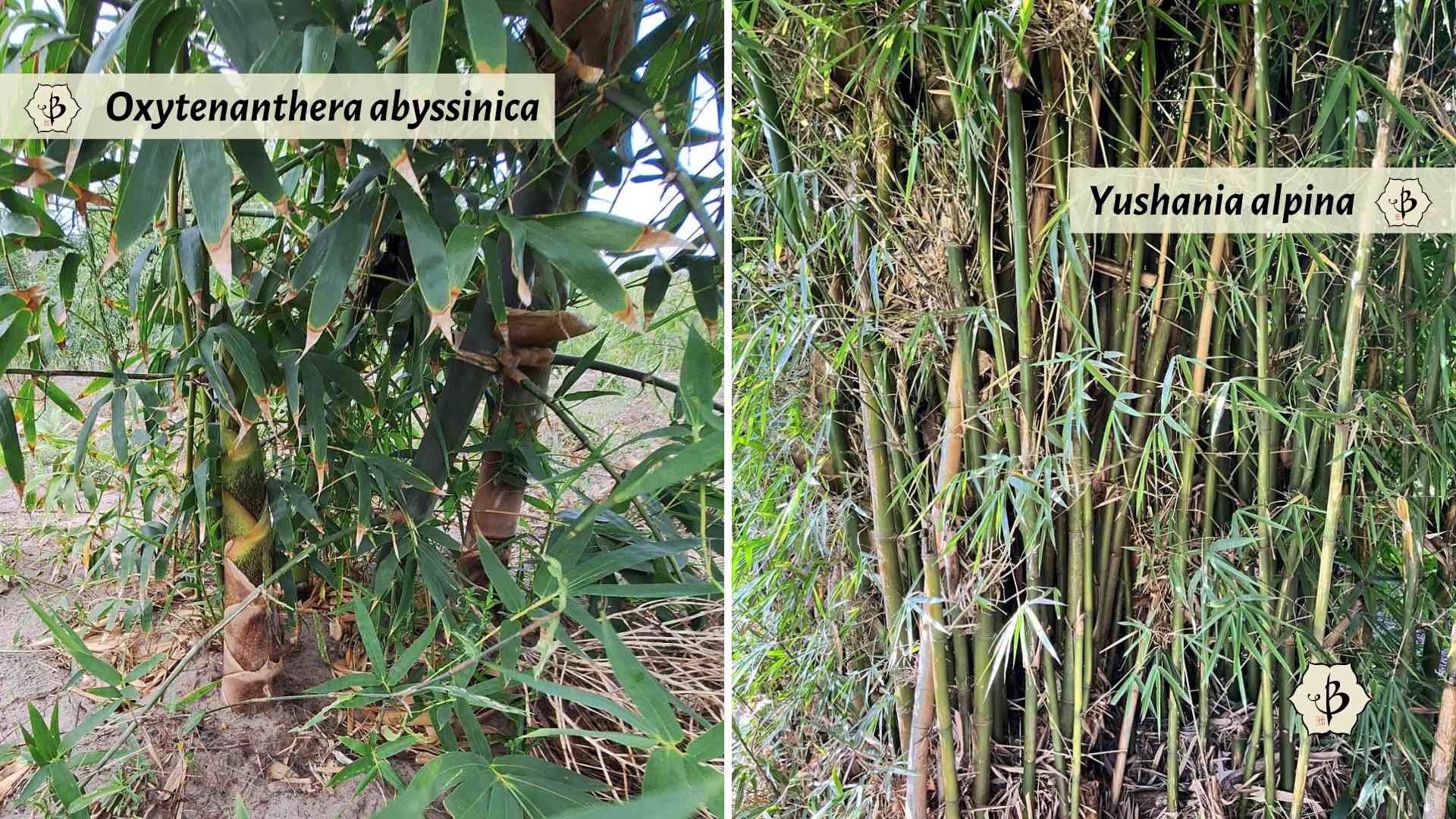
Continue reading
By following any of the links above, you will enter the Bambu Batu rabbit hole of virtually endless bamboo knowledge. Each article contains additional links to more related information, ever-unfolding and peeling back layers like a Mandelbrot onion. Enjoy your visit, and happy gardening!

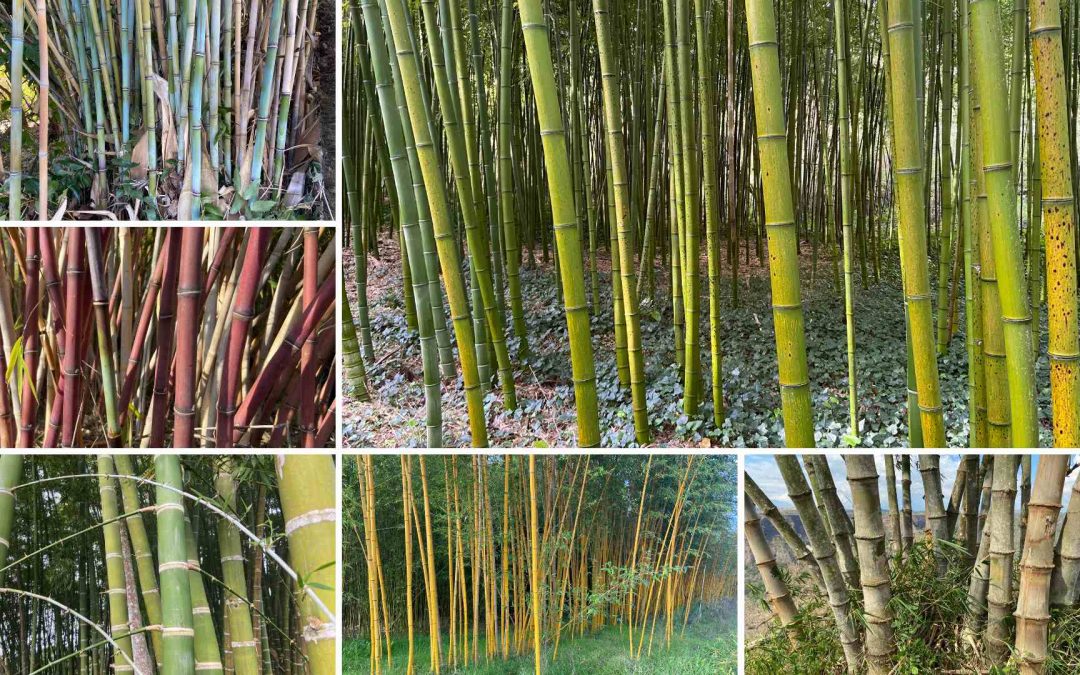
























Would like to see an article on P. Parvifolia
Thanks, Michael. It’s on my to-do list.